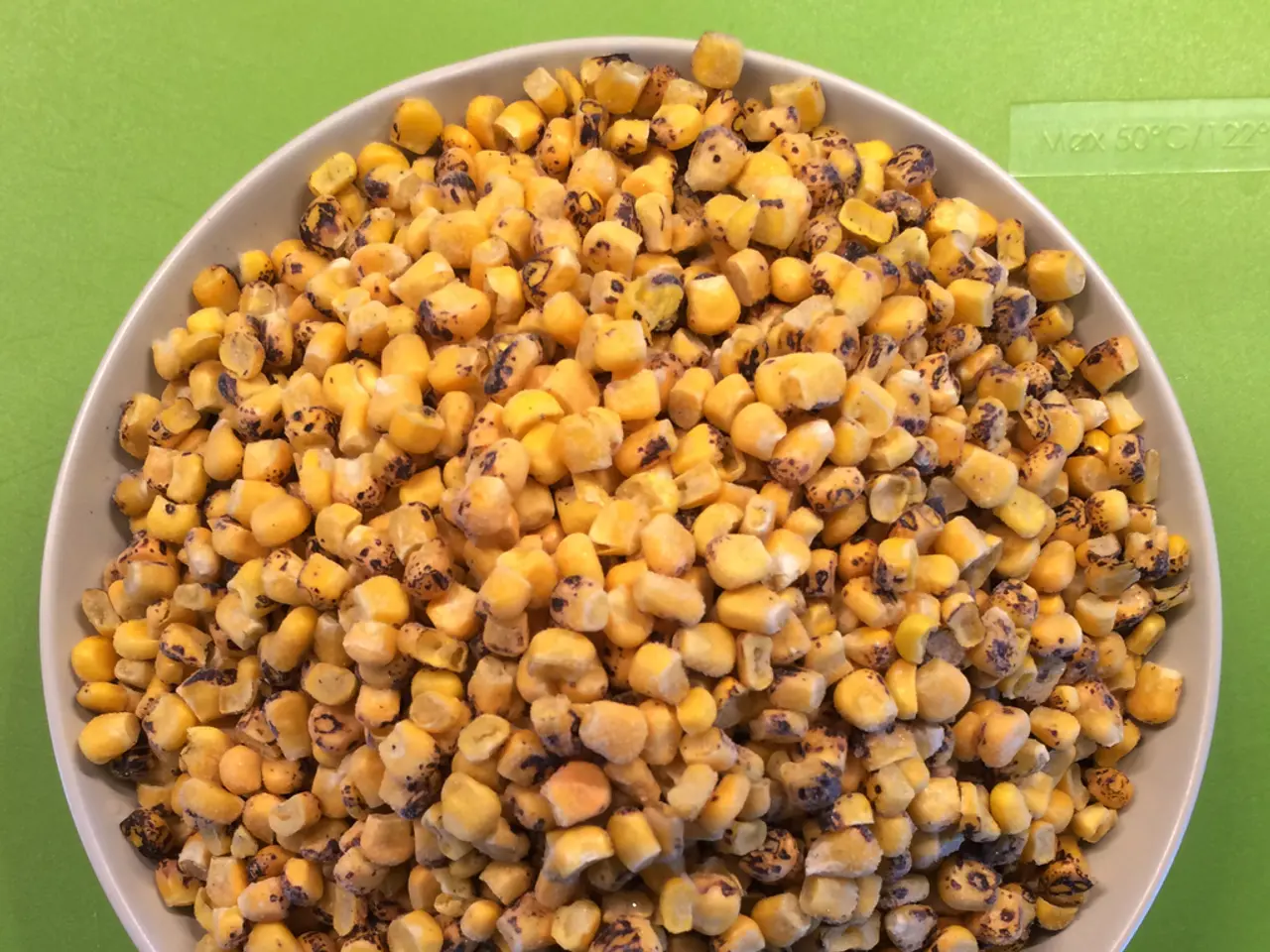Tips for First-Time Gardeners: Understanding the Back of a Seed Packet - Expert Advice
In the world of gardening, understanding the contents of a seed packet can be the key to a bountiful harvest. Here's a guide to deciphering the essential information found on these small, yet powerful packages.
Heirloom plants and hybrids (F1 seeds) are two common types of seeds you'll encounter. Heirloom plants, often 50-100 years old, are open-pollinated and can be identified as such on the seed packet. Hybrids, on the other hand, are cultivars bred for specific traits, and the progeny of these two plants will carry special traits.
When starting seeds, it's a cost-effective method for growing flowers and vegetables. However, for gardening success, it's crucial to comprehend the details provided on the seed packet.
Days to Maturity is one such detail. This information indicates how long it will take for the crop to be ready for harvest, helping select varieties suited to the length of your growing season.
Germination Temperature specifies the ideal soil temperatures for seed sprouting, ensuring seeds are started under conditions favorable for germination.
Planting Depth and Spacing instructions support optimal root development and plant health. These details tell gardeners how deep to plant the seeds and how far apart to space them.
Seed Starting Timing is another vital piece of information. This may include regional planting maps or zonal info to determine the best time to start seeds outdoors or indoors for your area.
The back of a seed packet also typically contains essential information such as when to start the seed, planting depth, spacing between plants, days to maturity, germination temperature, and whether the plant is an annual or perennial. This information guides gardeners on the optimal timing and conditions for sowing seeds, helping ensure successful germination and healthy plant growth.
Some seed packets provide additional details like lighting preferences, water needs, and soil type. Others may offer thinning instructions to ensure the maturing plants have enough space to grow.
For those concerned about organic and non-GMO seeds, logos indicating Certified Organic or Non-GMO are common on seed packets.
In cooler climates, some plants will have to be grown as an annual, while in warmer regions, they may be perennial or semi-perennial. The seed packet may also indicate whether succession planting is an option for crops such as cool season plants.
Lastly, the company name, address, and website are typically included on the seed packet, providing essential contact information.
In conclusion, the back of the seed packet serves as a practical planting manual tailored to the specific seed variety, helping both novice and experienced gardeners achieve better outcomes. Starting seeds indoors with humidity covers and a heat mat, as recommended, can speed germination. Proper thinning after the first true leaves appear prevents overcrowding, leading to better seedling vigor, timely harvests, and overall garden success.
- Crafting a thriving home-and-garden lifestyle requires meticulous attention to the details found on seed packets, such as Days to Maturity, Planting Depth and Spacing, Germination Temperature, and Seed Starting Timing.
- For successful gardening and a bountiful harvest, it's essential to consider various factors, including the type of seed (Heirloom or hybrid), the planting environment (lighting preferences, water needs, and soil type), and additional recommendations like starting seeds indoors, thinning seeds after they sprout, and using humidity covers and a heat mat.




